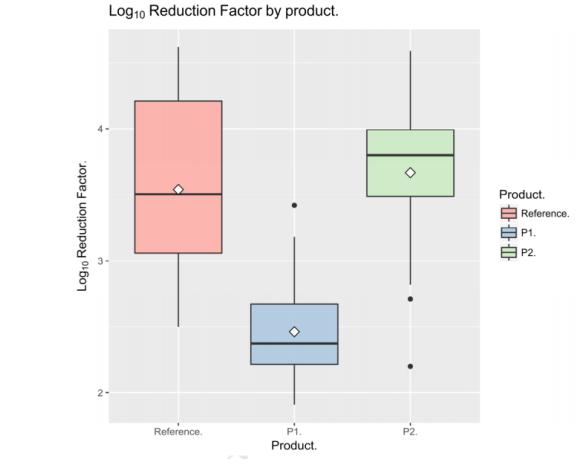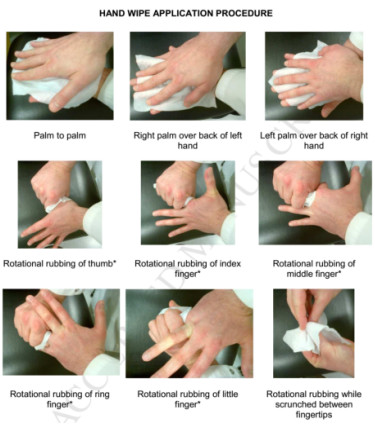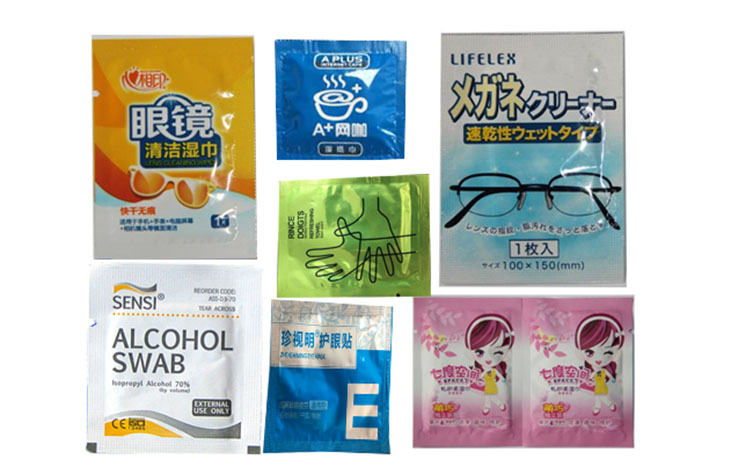Since China released “Standard for hand hygiene for healthcare workers in healthcare settings” in 2009, hand hygiene has taken an important part and been commonplace in the work of infection control staff throughout training, monitoring, investigation, propaganda... The label of hand hygiene is firmly stuck onto infection staff...
However, simple steps for hand hygiene just work out some barely satisfactory results. Does healthcare workers really wash their hands carefully? How to make them be correctly aware of hand hygiene and be compliant with the standard? How to scientifically count usage of hand disinfectant? How long should hand disinfectant be used up after it is opened? How to carry out hand hygiene monitoring normatively? Should dry hand towels in operating rooms be disinfected? Is antibacterial hand washing fluid necessary? Such questions are all in hot debate and have no final answers.
Currently, there are some clinical hand hygiene products like hand washing fluid, hand disinfectant and dry hand towel. When it comes to HAIs, most literature is based on domain of bacterial multiplication. Less research and even less application research concentrate on outbreak of enterovirus, such as clinical blocking study on blocking HAIs with different hand disinfectant. Although a part of imported products claims that they have the efficacy to kill enterovirus, the relative data provided are also from foreign lab. At present, little institutions have the ability to detect the effect of enterovirus sterilizing.
There are hand disinfecting wipes in the market but such carrier disinfectant products are not listed into national catalog of disinfection products. But perhaps in the future, carrier disinfectants can be used in all medical institutions. Before this, we can have some basic acquaintance with hand disinfectant wipes, or hand wipes.
In an experiment, 20 healthy volunteers soak their hands in E. coli suspension and then wash their hands with soap and running water, or wipe them with hand wipes for 60s. Before and after the experiment, microbial samples are collected. The experiment method is in accordance with EN1499 (2013) and EN1500 (2013) of EU standards.
The result shows that hand wipes containing no antibacterial agents have weaker efficacy than soap in disinfecting, the former reducing target bacteria number by 2.46 log 10 and the latter by 3.54 log 10, and the disinfecting effect of had wipes containing antibacterial agents is similar to that of soap.

Red: soap and running water
Gray: wipes containing no disinfectant
Green: wipes containing disinfectant
This experiment is in accordance with EN1499 (2013) and EN1500 (2013) and bacterial multiplication reduce by more than 3 log10 and yeast by more than 2 log10, which conforms to the standard of hand hygiene. At the ends, the research concludes that the disinfecting effect of hand wipes containing antibacterial agents is consistent with soap together with running water. For the disinfecting point of view, wiping hands with hand wipes is an accessible hand disinfecting method.

Also some researches study on hand wipes’ role in decelerating spreading of rhinevirus and rotavirus among family members. All of the five families taking part in this experiment have children at the age of 2-18. And every family has one female adult vaccinated with 10^8 PFU MS-2 phage. 8h later, researchers collect samples from the hands of all family members and take the nonintervented sample as the pollution baseline.
The study shows that members can wipe their hands with Quaternary ammonium compound disinfectant to obviously reduce virus on hands (by 95.3%, p=0.0039). Infection risk is also correspondingly reduced by 30%-89%. Therefore, researchers draw a conclusion that hand wipes can effectively lower the risk of virus spreading among family members.
However, some studies don’t have satisfactory conclusion. In a random crossover study , 10 volunteers have their hands polluted by non-toxic clostridium difficile strain. Intervention measures include washing hands with warm water and soap, washing hands with cool water and soap, washing hands with warm water and antibacterial soap, wiping hands with hand wipe and wiping hands with hand disinfectant containing alcohols, with nonintervented group as the contrast.
The result shows soap with warm water can reduce target bacteria by 2.14 log10 CFU/ml, soap with cool water by 1.88 log10 CFU/ml, antibacterial water with warm water by 1.51 log10 CUF/ml, hand wipes by 0.57 log10 CFU/ml and hand disinfectant containing alcohols by 0.06 log CFU/ml. It can be seen that the disinfecting effect of soap with warm water is the best and that of hand wipes is obviously better the that of the last.
All above, it is feasible to prevent microorganism from spreading by wiping hands with hand wipes. Nowadays, washing hands in running water with soap or wiping them with quick-drying hand disinfectant are both the main method of clinical hand hygiene keeping. The former is always adopted when there is visible contamination, especially infection of enterovirus and clostridium difficil, while the latter can be used for no obvious contamination by bacteria, fungi or virus.
They are also apparently different in that washing hands can clean away bacteria physically. Microorganisms can keep alive even after they are cleaned away. On the other hand, hand disinfectant kills microorganism chemically but the dead bodies still maintain on hands. Beside, disinfection by washing hands is not influenced by microorganism type but disinfection by hand disinfectant cannot sterilize all enterovirus to some extent.
Advantages of hand wipes
Hand wipes integrate the advantages of physical and chemical disinfection and can be used without considering microorganism types. After wiping, only a few bacteria maintains on hands. And most importantly, they are exposed so as to more fully contact with disinfectant and to be killed.
Another advantage of hand wipes is that it can be used when there is visible contamination but no water for washing. It is even not necessary for users to consider microorganism’s sensitivity to disinfectant or actual contamination on hand. They can use wipes while communicating or walking. Also, wide application of hand wipes also remind us of that proper amount of surface active agent can be added to strengthen the decontamination effect.
Popular package of hand wipes
Nowadays the most popular package for the wet wipes, including hand wipes are the small sachet four-side sealing package, which is easy and convenient to bring along with us when we go outside or travel, we can take several sachets in our pocket or hand bag. It is widely applied for packing alcohol pad , hand wipes, disinfectant wet wipes, cleaning wet wipes etc.
Check the sample photos as following:


 English
English




